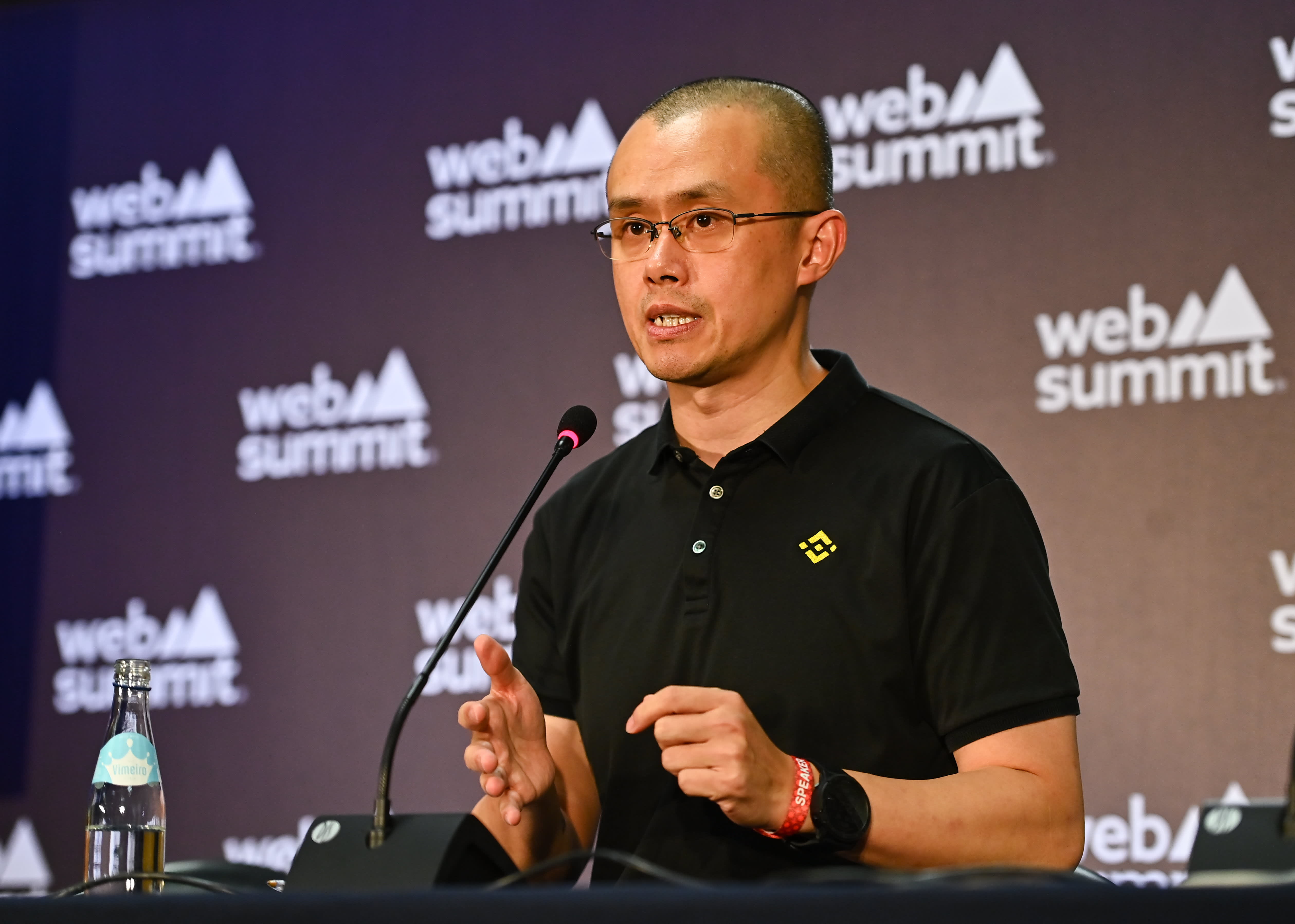Blockchain – Where are we going?

Blockchain is set to improve the efficiency and security of procurement companies in all industries – while adding value to their customers.
Are you ready to be blockchain ready in your supply chain?
Cryptocurrencies are one of the best-known examples of blockchain potential. It is the technology that draws attention from external finance.
Blockchain is transforming Supply Chain Management
The decentralized ledger is the core technology of blockchain. It records and protects transactions shared between multiple parties.
Cryptocurrencies use blockchains such as Bitcoin, Ethereum and Dogecoin to allow unlimited anonymous parties to transact without intermediaries.
Supply chain management makes it possible for known parties to trade directly, while increasing security, contract compliance and reducing costs. Supply chain blockchains “tokenize” a variety of transaction-related data. This creates unique and easily verifiable identifiers such as purchase orders, storage units and bills of lading.
Transactions between stakeholders are recorded. Each phase of each transaction assigns each participant a unique digital signature. This signature is used to “sign” tokens and is an audit trail that cannot be changed. But of course, bad actors must also find a way for them to change the links in subsequent documents.
Blockchain technology offers many important benefits for businesses
Blockchain improves efficiency: A supply chain that uses blockchain technology to improve communication and collaboration between all parties relies on a shared network infrastructure. Transparency and traceability reduce waste and eliminate duplicate orders. Invoice fraud and frivolous expenses will not exist. Contract compliance helps all parties fulfill their obligations quickly, completely and accurately. Small businesses can get better financing opportunities and processing times thanks to complete visibility of financial results and financial information.
Blockchain is more ethical with sustainable sourcing: The traceability and manipulation resistance of the blockchain makes it easy to track where goods and materials come from, where they travel along the supply chain and who has access.
Blockchain provides several significant savings: The gains in efficiency and the reductions in inventory loss and waste are important sources of cost savings when using blockchain technology. A distributed network can share resources and carry out transactions digitally. This eliminates the need to use paper-based workflows or materials. Not only does it reduce material costs, but it also reduces the associated costs of storage and labor to manage and process all these documents.
Additional functionality for other digital transformation technologies: The blockchain integrates other technologies such as process automation and IoT objects, such as intelligent sensors or RFID tags, to improve efficiency, visibility and accuracy throughout the value chain.
Cloud Project’s requirements for success
A few key factors will determine whether blockchain (the cloud) is suitable for a supply chain project.
Data exchange: Blockchain is an ideal candidate for data exchange between unrelated parties.
Trusted Partners: Since blockchain updates have to be done by several unrelated parties, it is important to have confidence that you can trust all the partners in the project.
Shared value: If the project is of value to all parties, they will be encouraged to adopt the technology and processes that make it work.
- Defined data standards: All partners can use a consistent, well-defined process, and data standards will ensure data accuracy. It is ideally a standard such as Electronic Data Interchange or EDI.
- Integrated: To get the most out of blockchain, it should be integrated with existing technology stacks, such as an enterprise resource planning (ERP) system.
Cost versus benefit analysis: It is crucial to consider the computational costs associated with blockchain in addition to capital costs. Transactions made through the cloud may have different costs. It depends, for example, on how quickly they have to be carried out. These transaction costs are often overlooked. As a result, the viability of a project is affected.
These elements will not be present, so the project is unlikely to be worth your time.
Leading organizations are already harnessing Blockchain’s potential
It is still a new technology, so it may not be a good idea for companies to implement. Many companies have already adopted blockchain’s capabilities in their supply chains.
- FedEx incorporated the blockchain into its chain of custody to improve traceability, provide a reliable record and address customer disputes. The company is also one Blockchain In Transport Alliance (BiTA) member.
- DeBeers uses blockchain tracking technology to monitor the source and progression of every natural diamond they mine. In addition comes the Tracker app helps address consumer concerns about ethical sourcing.
- Walmart takes a serious interest in blockchain and piloting more programs powered through Hyperledger Fabric. For example, the retail giant uses the blockchain to track the origin of mangoes in America and track the sale of pork in China.
Blockchain’s role is a catalyst for global economic transformation. However, currency is only the beginning. Blockchain technology offers the powerful potential to provide additional control and visibility to the supply chain than ever before. As a result, blockchain technology holds the key to unlocking lower prices, greater efficiency and more robust positions in a competitive market for companies ready to embrace the new face of supply chain management.
Image credit: Karolina Grabowski; Pexels; Thank you!

























